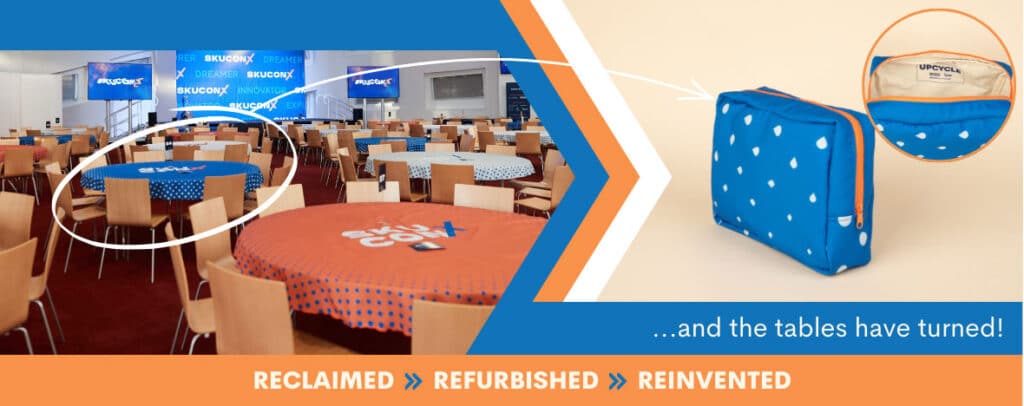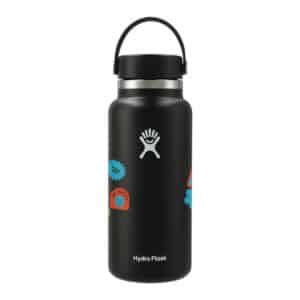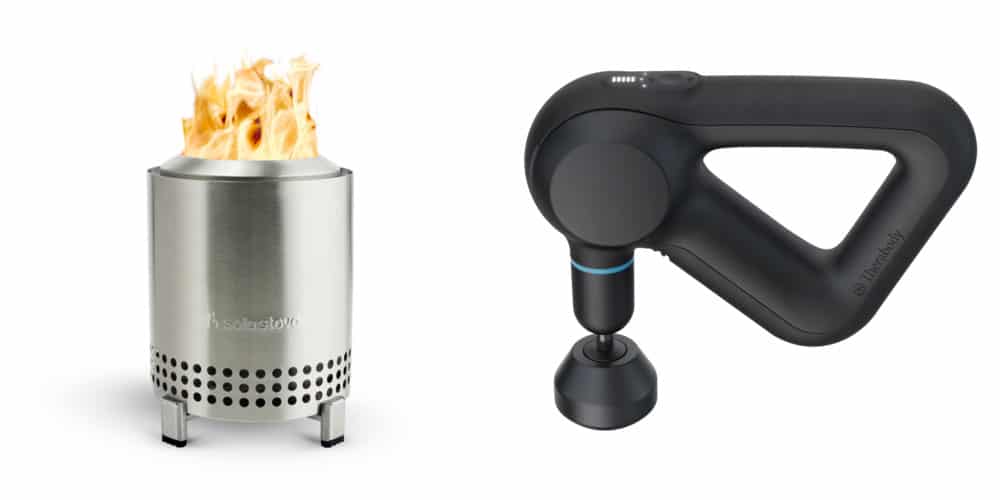
Have you heard of the ‘anti-swag’? This sentiment describes a growing consumer preference for sustainability and disdain for perceived wastefulness, which has led to notable changes in promotional product trends. Does it mean promotional products are no longer useful or effective? Recent studies, including those published by the Advertising Specialty Institute (ASI), indicate a sharp pivot towards sustainable promotional products and high-quality items. In this blog post, we will explore how the promotional product trends have progressed as a result.
Firstly, there has been a notable drop in the demand for cheap, mass-produced swag items such as a click pens, keychains etc traditionally used in corporate giveaways and events. These items are increasingly seen as ‘brandfill’— promotional products that are quickly discarded and contribute to environmental waste. Instead, companies are turning to sustainable promo items and brands that are socially and eco responsible, which not only help reduce environmental impact but also enhance brand perception among eco-conscious consumers.
Secondly, there is an emerging trend of ‘quality over quantity.’ Businesses are in favor of fewer and higher-quality brand name promotional items that are designed to be more durable and useful to the recipient. This “less is more” approach not only addresses the environmental concerns associated with disposable products but also helps in building stronger, longer-lasting relationships with customers. High-quality items are likely to be kept and used for extended periods, increasing brand visibility and reinforcing brand loyalty.
In conclusion, the ‘anti-swag’ sentiment is reshaping the promotional products industry by encouraging a shift towards sustainability and quality. Let’s illustrate with 2 examples!
Company A recognized the need for a change of direction in its promotional product strategy, so they implemented a bold strategy of upcycling. They used display items from previous events such as banners, tablecloths, and uniforms to repurpose into new, useful products like tote bags and pouches. This approach not only reduced waste but also engaged their customer base in a meaningful way, making them active participants in the brand’s sustainability efforts.

The results of this strategic shift were overwhelmingly positive. Company A saw a significant increase in customer loyalty and brand perception. Their sustainable promotional items were so refreshing and became great conversation starters for potential customers. This case study exemplifies how a thoughtful approach to promotional products can turn a potential brand crisis into a powerful enhancement.
 Company B took a different approach to tackle the ‘anti-swag’ challenge. They shifted their focus from producing a high volume of promotional items to creating fewer, but higher-quality products. This decision was driven by a deep understanding of their target audience’s preferences and the desire to offer items that truly resonated with them.
Company B took a different approach to tackle the ‘anti-swag’ challenge. They shifted their focus from producing a high volume of promotional items to creating fewer, but higher-quality products. This decision was driven by a deep understanding of their target audience’s preferences and the desire to offer items that truly resonated with them.
The company started by identifying their ideal customers and analyzing their expectations and values. This insight led to premium promotional products that not only embodied the brand’s values but also appealed directly to their ideal customer’s lifestyle. For example, instead of pens, notebooks and plastic water bottles, they have gone with premium tech items and lifestyle items such as personal massagers and fire pits.
Company B saw several benefits with this approach: First, it enhanced the brand’s reputation as a purveyor of high-quality goods. Second, it made their promotional items more desirable and likely to be used for longer periods, increasing brand visibility. Lastly, customers appreciated the thoughtfulness behind each item, which strengthened their emotional connection to the brand.
Social media also played a crucial role. Satisfied customers often shared images and positive comments about their branded items online, leading to increased brand awareness and additional word-of-mouth promotion.
Company B employed a couple of ways to distribute these premium promotional products. At tradeshows, instead of giving out large amount of inexpensive promos, a premium item is given out either by engaging clients with an on-site meeting or entering a sweepstake. A holiday pop-up store is created at the end of the year for VIP clients to choose the gift that they really want, therefore reducing items that ended up unwanted.

Both companies demonstrate that with the right strategies, businesses can strategize and executive effective marketing campaigns with the help of promotional products. By focusing on sustainability and quality, these companies prove that in the world of promotional products, thoughtful engagement and value alignment are key to achieving long-term success.